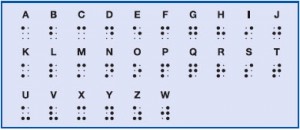As we move into the second week following the Haitian earthquake, things have been fraught for the local population, most of whom have been without food, water, electricity, or a roof over their heads. During that period dead bodies have been piling up all over the place, including hospital car parks where medical supplies have been in short supply and many of the surgical operations that have been carried out, have been done without anaesthetic.
Although of no consolation to those that have perished over the past week, luckily the logistical situation is improving now that US ships have arrived and helicopters are finally getting to the places they are needed with those essential supplies. It is at times like this that we are reminded of the true worth of packaging, in an environment where there are no fridges to keep things cool and packaging has to perform an even more essential role than normal in a very hostile environment. The packaging contains, avoiding spillage. It protects against crushing, vermin & pilfering. It preserves, providing protection for the products within and extended shelf life. It enables ease of transport, whether by plane, truck or onwards by hand and lastly it informs, providing vital information on contents, storage, dosage and application.
In summary, it provides a lifeline where, without it, medical supplies would arrive dirty and non-sterile, food would ’spoil’ within hours and water would become contaminated, leading to dysentery and further distress and trauma. So, packaging, where on earth would we be without it? Chris Penfold


